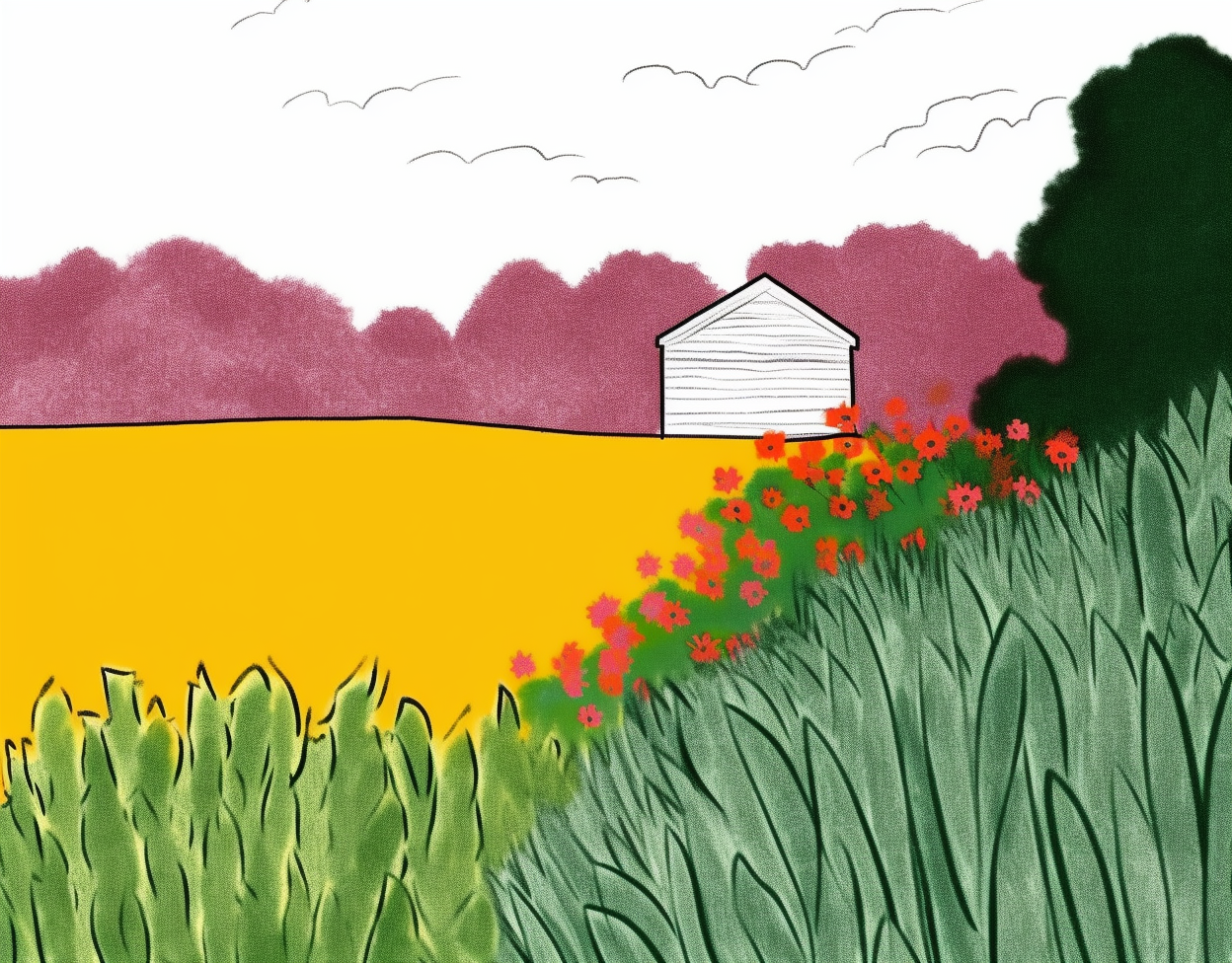Re-wild your garden

Rewilding your garden involves creating a space that is more in tune with nature and allowing it to return to a more natural state. Here are some steps you can take to rewild your garden:
- Remove non-native and invasive species - Remove any non-native or invasive species from your garden. These plants can often crowd out native species and disrupt the natural ecosystem.
- Create a diverse plant community - Plant a variety of native species in your garden. This will attract a diverse array of insects, birds, and other animals that rely on these plants for food and shelter.
- Provide water sources - Create a water source for wildlife by adding a bird bath or small pond. This will help to attract amphibians, birds, and insects.
- Provide shelter - Leave some areas of your garden undisturbed to provide shelter for wildlife. This can include leaving leaf litter, brush piles, or creating a rock garden.
- Avoid chemical use - Avoid using pesticides, herbicides, and fertilizers in your garden. These chemicals can be harmful to the wildlife that you are trying to attract.
Some animals that may benefit from a rewilded garden include butterflies, bees, birds, frogs, and other small mammals. By creating a diverse plant community and providing shelter and water sources, you can help to create a habitat that is more conducive to wildlife.
It is important to let a section of plants grow because it allows the area to return to a more natural state. This can help to restore the ecological balance and provide habitat for a wide range of wildlife. Allowing plants to grow and mature also creates a natural source of food and shelter for wildlife, which can help to promote biodiversity and support the overall health of the ecosystem.